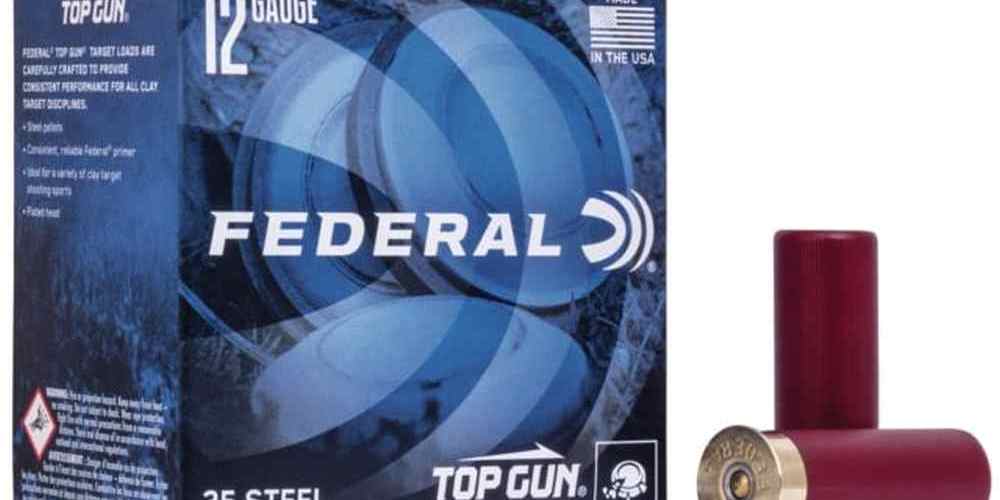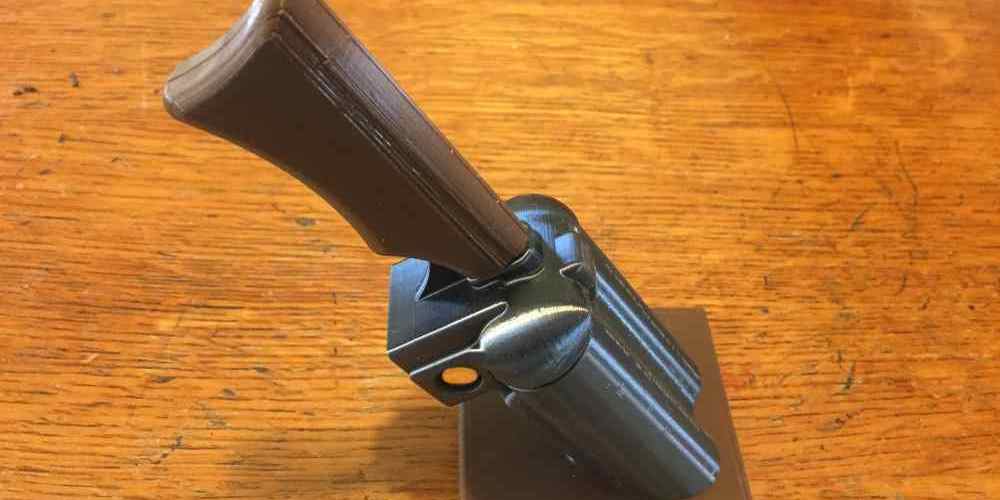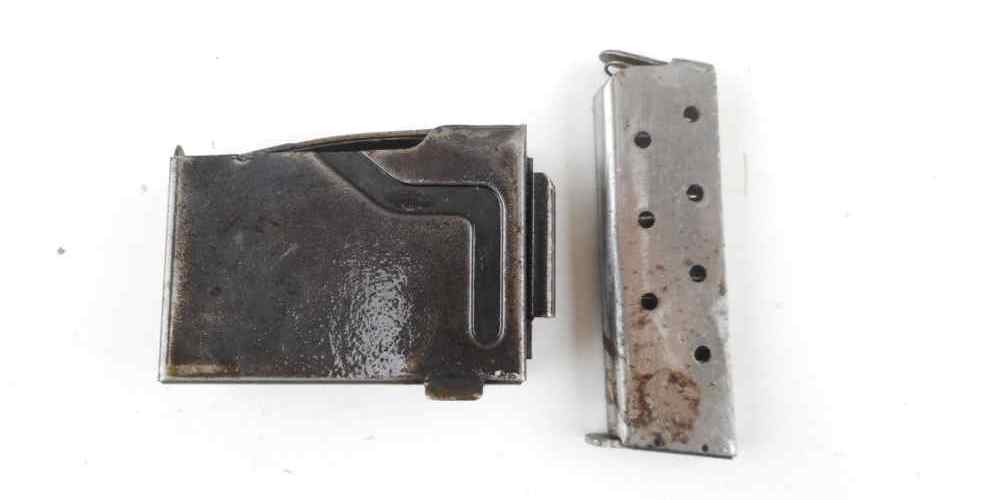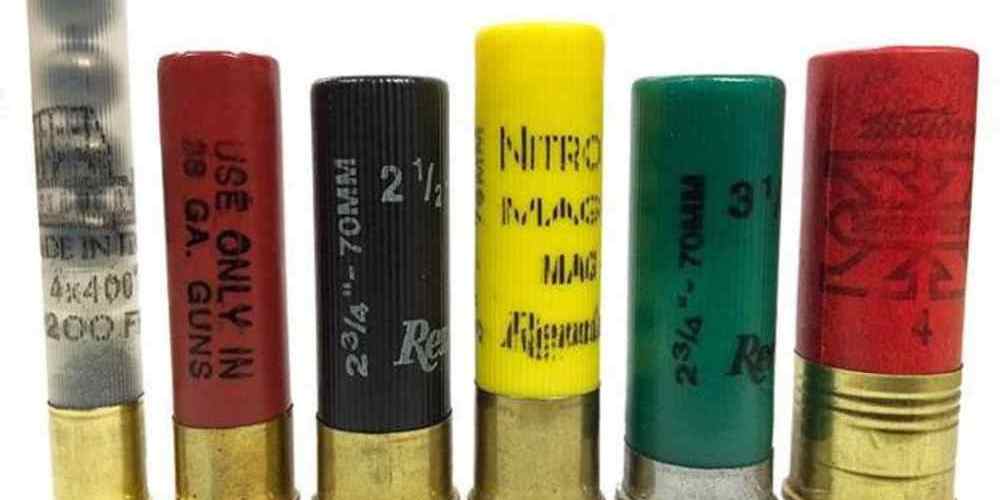“Big Game, Big Choices: Harness the power of slugs for large animal hunting.”
Benefits of Using Slugs for Large Animal Hunting
When it comes to hunting large animals, such as deer or wild boar, choosing the right ammunition is crucial. One popular option for big game hunting is slugs. Slugs are solid projectiles that are fired from a shotgun, providing hunters with a powerful and effective way to take down their prey. In this article, we will explore the benefits of using slugs for large animal hunting and why they are a popular choice among hunters.
One of the main advantages of using slugs for large animal hunting is their stopping power. Slugs are heavy and solid, which means they can deliver a significant amount of energy upon impact. This makes them ideal for taking down large animals quickly and effectively. Whether you are hunting deer, wild boar, or even bear, slugs can provide the stopping power you need to make a clean and ethical kill.
Another benefit of using slugs for large animal hunting is their versatility. Slugs can be used in a variety of shotgun gauges, including 12 gauge, 20 gauge, and even 410 bore. This means that hunters have a wide range of options when it comes to choosing the right slug for their specific needs. Whether you prefer a lighter load for faster shooting or a heavier load for maximum impact, there is a slug out there that will meet your requirements.
In addition to their stopping power and versatility, slugs are also known for their accuracy. Unlike traditional shotgun shells, which disperse shot pellets in a wide pattern, slugs travel in a straight line, providing hunters with a more precise shot placement. This can be especially important when hunting large animals, as a well-placed shot can mean the the difference between a clean kill and a wounded animal.
Furthermore, slugs are also effective at longer ranges. While traditional shotgun shells are typically limited to shorter distances, slugs can be effective at ranges of up to 100 yards or more. This extended range can be particularly useful when hunting large animals in open terrain, where shots may need to be taken from a greater distance.
Overall, using slugs for large animal hunting offers hunters a number of benefits, including stopping power, versatility, accuracy, and extended range. Whether you are hunting deer, wild boar, or any other large game, slugs can provide you with the tools you need to make a successful kill. So next time you head out into the field, consider loading up with slugs and see for yourself why they are such a popular choice among hunters. Happy hunting!
Tips for Choosing the Right Slug for Big Game Hunting
When it comes to hunting large game animals, choosing the right slug is crucial for a successful and ethical hunt. Slugs are a type of ammunition that is designed to deliver maximum stopping power and penetration, making them ideal for taking down big game such as deer, elk, and bear. With so many options available on the market, it can be overwhelming to decide which slug is best suited for your hunting needs. In this article, we will discuss some tips for choosing the right slug for big game hunting.
One of the first things to consider when selecting a slug for big game hunting is the weight of the projectile. Heavier slugs typically have more kinetic energy and are better able to penetrate thick hide and bone. This can be especially important when hunting large animals that require a well-placed shot to ensure a quick and humane kill. Look for slugs that weigh between 1 and 1.5 ounces for optimal performance on big game.
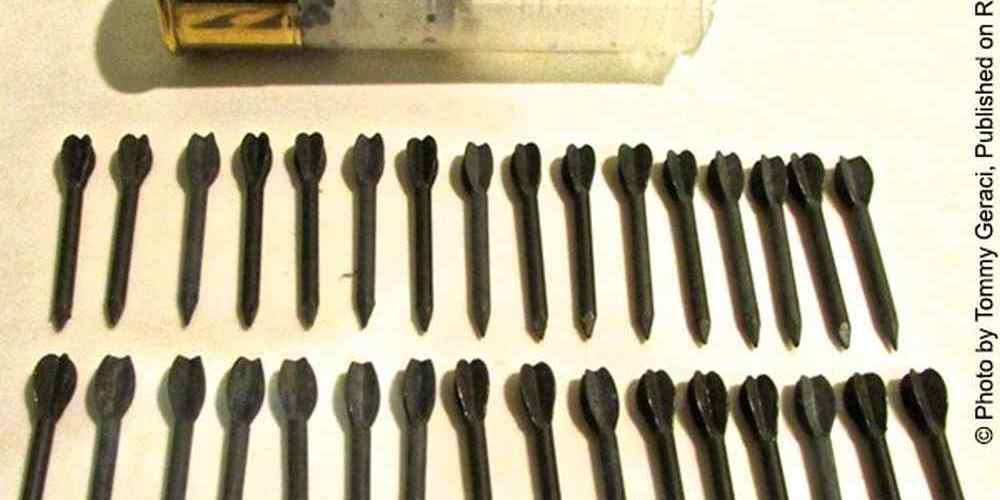
Another factor to consider when choosing a slug for big game hunting is the type of projectile. There are several different types of slugs available, including rifled, sabot, and foster slugs. Rifled slugs are designed to be fired through smoothbore barrels and have rifling on the slug itself to improve accuracy. Sabot slugs are designed to be fired through rifled barrels and have a plastic sleeve that helps stabilize the projectile in flight. Foster slugs are traditional shotgun slugs that are designed for smoothbore barrels and have a hollow base that expands upon impact.
When selecting a slug for big game hunting, it is important to consider the range at which you will be shooting. Some slugs are designed for short-range shooting, while others are better suited for long-range shots. If you plan on hunting in dense brush or wooded areas, a slug with a shorter effective range may be more appropriate. However, if you will be hunting in open fields or plains, a slug with a longer effective range may be necessary to ensure a clean and ethical kill.
In addition to weight, type, and range, it is also important to consider the velocity of the slug when choosing ammunition for big game hunting. Slugs with higher velocities are better able to maintain their trajectory and energy over longer distances, making them ideal for long-range shooting. Look for slugs with velocities of at least 1,500 feet per second for optimal performance on big game animals.
Finally, when selecting a slug for big game hunting, it is important to consider the terminal performance of the projectile. Look for slugs that are designed to expand upon impact, creating a larger wound channel and increasing the likelihood of a quick and humane kill. Additionally, consider the penetration capabilities of the slug to ensure that it is able to reach vital organs and deliver a lethal shot.
In conclusion, choosing the right slug for big game hunting is essential for a successful and ethical hunt. Consider factors such as weight, type, range, velocity, and terminal performance when selecting ammunition for hunting large animals. By taking the time to research and test different slugs, you can ensure that you are well-prepared for your next big game hunting adventure.
Safety Precautions When Using Slugs for Hunting
When it comes to hunting large game animals, using slugs can be an effective and powerful choice. However, it is important to remember that with great power comes great responsibility. Safety should always be the number one priority when using slugs for hunting.
One of the most important safety precautions to take when using slugs for hunting is to always be aware of your surroundings. Before taking a shot, make sure you have a clear line of sight and know what is beyond your target. It is crucial to avoid shooting in the direction of any buildings, roads, or other people. Always be sure of your target and what is behind it before pulling the trigger.
Another important safety precaution to keep in mind is to always use the correct ammunition for your firearm. Using the wrong type of slug can result in dangerous malfunctions and potentially cause harm to yourself or others. Make sure to carefully read the manufacturer’s recommendations for ammunition and only use slugs that are specifically designed for your firearm.
Proper firearm handling is also essential when using slugs for hunting. Always keep your firearm pointed in a safe direction and never point it at anything you do not intend to shoot. Keep your finger off the trigger until you are ready to fire and always treat your firearm as if it is loaded, even if you know it is not.
It is also important to wear the appropriate safety gear when using slugs for hunting. This includes wearing ear and eye protection to prevent damage from loud noises and flying debris. Additionally, wearing blaze orange clothing can help make you more visible to other hunters in the area and reduce the risk of accidental shootings.
When hunting with slugs, it is important to always follow the rules and regulations set forth by your state or local wildlife agency. This includes obtaining the necessary permits and licenses, as well as following any specific guidelines for hunting with slugs. By staying informed and following the rules, you can help ensure a safe and successful hunting experience.
In addition to following safety precautions, it is also important to practice good sportsmanship when hunting with slugs. This includes respecting other hunters in the area, as well as the animals you are hunting. Always follow ethical hunting practices and strive to make clean, humane kills.
By taking the time to properly prepare and follow safety precautions when using slugs for hunting, you can help ensure a safe and successful hunting experience. Remember to always be aware of your surroundings, use the correct ammunition, handle your firearm properly, wear the appropriate safety gear, follow the rules and regulations, and practice good sportsmanship. With these precautions in mind, you can enjoy the thrill of hunting large game animals with slugs while keeping yourself and others safe.
Best Practices for Tracking and Retrieving Large Animals After Using Slugs
When it comes to hunting large animals, such as deer or elk, using slugs can be an effective and humane method. However, it’s important to follow best practices for tracking and retrieving these animals after using slugs to ensure a successful hunt and minimize suffering.
One of the most important aspects of hunting large animals with slugs is shot placement. Unlike traditional bullets, slugs are larger and heavier, which means they have the potential to cause more damage if not placed correctly. It’s crucial to aim for vital organs, such as the heart or lungs, to ensure a quick and ethical kill.
After taking your shot, it’s essential to wait for the animal to expire before approaching it. This not only gives the animal time to succumb to its injuries but also reduces the risk of it running off wounded, making tracking and retrieval more difficult. Patience is key when hunting with slugs, as rushing in too soon can result in a lost or suffering animal.
Once the animal has expired, it’s time to begin tracking and retrieving it. Start by marking the location where the animal was shot and following any blood trails or other signs of a wounded animal. It’s important to stay focused and methodical during this process, as tracking can be challenging, especially in dense vegetation or rough terrain.
If you’re having trouble tracking the animal, consider enlisting the help of a tracking dog or experienced hunter. Dogs trained for tracking can be invaluable in locating wounded animals, as their keen sense of smell can lead you directly to the animal’s location. Additionally, a seasoned hunter can offer valuable insights and guidance based on their experience in tracking and retrieving large animals.
As you track the animal, be prepared for the possibility of having to follow it for an extended distance. Large animals can cover a significant amount of ground even when wounded, so be prepared for a potentially lengthy tracking process. Stay focused and persistent, and don’t give up until you’ve located the animal.
Once you’ve found the animal, it’s important to approach it cautiously to ensure it’s truly expired. A wounded animal can still pose a danger, so proceed with caution and be prepared to deliver a finishing shot if necessary. Once you’ve confirmed the animal is deceased, it’s time to begin the retrieval process.
When retrieving a large animal after using slugs, it’s important to handle it with care to avoid damaging the meat or hide. Use a sharp knife to field dress the animal, removing the internal organs and cooling the carcass as quickly as possible. Proper field dressing is essential for preserving the quality of the meat and ensuring it remains safe for consumption.
After field dressing the animal, it’s important to transport it properly to your vehicle or camp. Consider using a game cart or other means of transportation to move the animal efficiently and safely. Be mindful of your surroundings and take care to avoid damaging the animal or yourself during the retrieval process.
In conclusion, hunting large animals with slugs can be a rewarding and challenging experience. By following best practices for tracking and retrieving these animals, you can ensure a successful hunt and minimize suffering for the animal. Remember to focus on shot placement, be patient during tracking, and handle the animal with care during retrieval. With proper preparation and attention to detail, you can make the most of your big game hunting experience using slugs.
Environmental Impact of Using Slugs for Big Game Hunting
When it comes to big game hunting, there are a variety of ammunition options available to hunters. One popular choice for hunting large animals is slugs. Slugs are solid projectiles that are fired from a shotgun, providing hunters with a powerful and effective option for taking down big game. However, the use of slugs for hunting can have a significant impact on the environment.
One of the main environmental concerns associated with using slugs for big game hunting is the potential for lead contamination. Most slugs are made of lead, which is a toxic metal that can have harmful effects on wildlife and the environment. When a slug is fired from a shotgun, it can fragment upon impact, scattering lead particles throughout the surrounding area. These lead particles can then be ingested by wildlife, leading to lead poisoning and other health issues.
To mitigate the environmental impact of using slugs for big game hunting, hunters can take several steps. One option is to switch to non-lead slugs, which are made from alternative materials such as copper or steel. Non-lead slugs are just as effective as traditional lead slugs, but they do not pose the same risk of lead contamination. By using non-lead slugs, hunters can help protect wildlife and the environment while still enjoying their favorite pastime.
Another way to reduce the environmental impact of using slugs for big game hunting is to properly dispose of spent shotgun shells. Many hunters simply leave their spent shells on the ground after firing, which can lead to littering and pollution. Instead, hunters should make an effort to collect their spent shells and dispose of them properly in designated waste receptacles. This simple step can help keep hunting areas clean and free of debris.
In addition to lead contamination and littering, the use of slugs for big game hunting can also have an impact on wildlife populations. Large animals such as deer and elk are important components of the ecosystem, and their populations must be carefully managed to ensure their long-term survival. Over-hunting can lead to declines in wildlife populations, disrupting the balance of the ecosystem and causing negative ripple effects throughout the food chain.
To prevent over-hunting and protect wildlife populations, hunters should always follow local hunting regulations and guidelines. These regulations are put in place to ensure that hunting is conducted in a sustainable and responsible manner, with the goal of maintaining healthy wildlife populations for future generations to enjoy. By adhering to these regulations, hunters can help protect the environment and ensure the long-term viability of big game species.
In conclusion, the use of slugs for big game hunting can have a significant impact on the environment. From lead contamination to littering to over-hunting, there are a variety of environmental concerns associated with using slugs for hunting. However, by taking steps to mitigate these impacts, such as using non-lead slugs and following hunting regulations, hunters can enjoy their favorite pastime while also protecting wildlife and the environment. By making responsible choices and being mindful of the environmental consequences of their actions, hunters can help ensure a sustainable future for big game species and the ecosystems in which they live.



